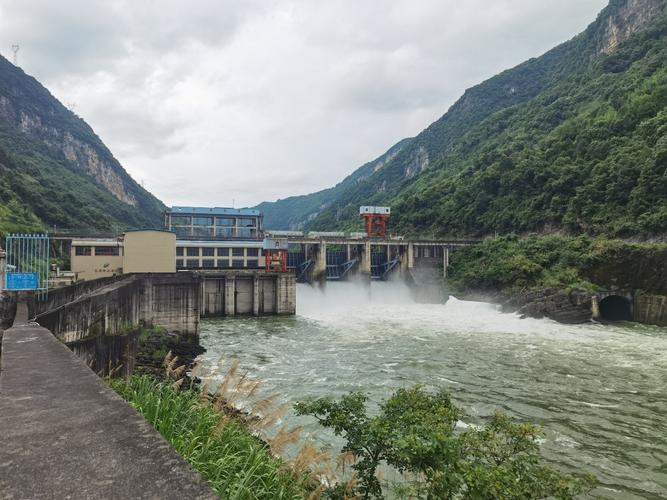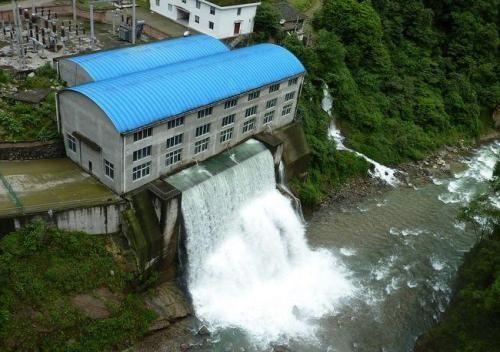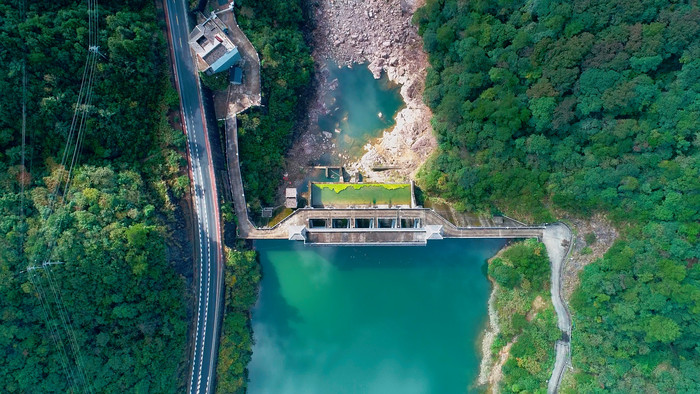Small-scale hydroelectric power plants provide an important source of clean and renewable energy and make a significant contribution to the sustainable development goals and the transition to a global low-carbon energy system. However, realizing their full potential is constrained by multiple challenges, in particular environmental impacts and financing constraints. Together, we explore the challenges of small hydropower plants and strategic interventions on how to enhance their deployment.
One of the main challenges facing small-scale hydropower plants is their potential negative environmental impacts, including on water ecosystems and socio-economic patterns. The construction and operation of these facilities involve changes to natural hydrological systems, triggering habitat degradation, biodiversity loss and socio-economic imbalances. To mitigate these consequences, it is critical to employ a rigorous Environmental Impact Assessment (EIA) process. A rigorous EIA helps identify potential environmental risks and develop customized mitigation strategies that are appropriate for the local environment.

Among the various mitigation measures for the environmental risks of small hydroelectric power plants, the adoption of fish-friendly turbine designs is a key intervention to mitigate harm to aquatic organisms while ensuring the continued health of the ecosystem. Complementary measures such as the implementation of fish passage structures to facilitate unimpeded fish migration and sediment management techniques to mitigate downstream impacts are also necessary to protect river ecosystems. In addition, positive interaction with local communities and indigenous stakeholders is critical, promoting collaborative decision-making processes to address complex socio-environmental considerations.
An important challenge to the popularization of small hydropower projects is the constraint of financing limitations. The high input costs of project development, combined with legal uncertainty and market risks, constitute significant barriers to private investment. Mitigating these constraints requires the implementation of a multifaceted set of policy interventions and financial mechanisms to incentivize investment in small hydropower projects.

Providing targeted financial incentives is one of the solutions proposed, including subsidies, grants and concessional financing to reduce the financial burden on project developers and increase project viability. In addition, the establishment of a robust regulatory framework, based on transparent licensing procedures and clarity of regulations, can help to increase investor confidence and accelerate the project development process. At the same time, the establishment of a Fixed Acquisition Price (FIT) system that provides long-term revenue stability and favorable tariffs can help enhance investment attractiveness and stimulate market acceptance.
In addition, the establishment of specialized investment agencies and public-private partnerships, complemented by the use of international sources of finance, such as development banks and climate finance facilities, can facilitate the flow of funds into small hydropower projects. Such concerted efforts create an investment climate conducive to the popularization of small hydropower plants, underpinning their key role in the global move towards sustainable energy systems.

Small hydropower plants are a vital renewable energy resource with great potential to contribute to sustainable development pathways and mitigate the pressures of climate change. However, their widespread deployment is constrained by a range of challenges, including environmental impacts and financing constraints. A series of strategic interventions, such as rigorous environmental assessments, stakeholder engagement and innovative financing mechanisms, are expected to overcome these challenges and facilitate the large-scale deployment of small hydropower plants. The realization of this vision, with the combined efforts of government departments, private sector stakeholders and civil society actors, marks a paradigm shift towards a more resilient, equitable and sustainable energy future.
Boland Renewable Energy Co.,LTD As an integrated new energy power company, providing youwith high quality integrated wind energy , solar energy and energy storage system solutions.Boland is now a subsidiary of CRRC, and is responsible for the overseas expansion of CRRC's wind power & solar power business. We have a relatively complete internal supply chain, service network and excellent product quality and technology.
Boland Provide power plant EPC,Power plant investment and acquisition.
Please feel free contact us if you need any technical support.Cheers for our cooperation!
My email:marketing@boland-hydroturbine.com
WA:+8613923745989


